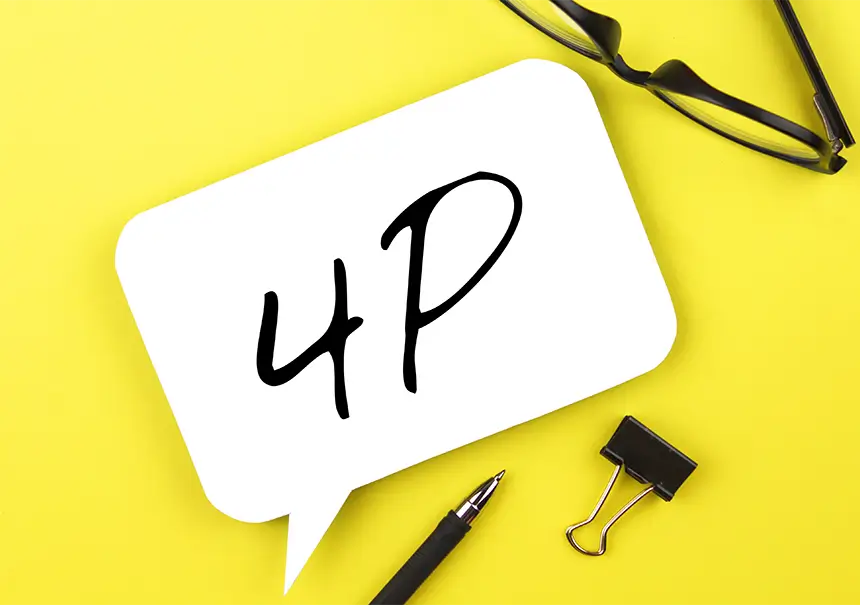How can you automate performance marketing?

Here at iPresso, we value performance marketing a lot! With this strategy, you can grow and scale your business – quickly and effectively. With performance marketing, you can reach new customers, mostly ones that are vitally interested in your services or products. And our platform is ready to help you with this area of your business. Let’s have a look at how iPresso help you make the most of performance marketing, specifically – Google Ads, WhatsApp, and push notifications.
Put shortly, performance marketing is a set of marketing activities aimed at generating the best effect from a specific advertising budget. In this marketing strategy, the advertiser pays only for the specific actions performed by the user. In other words, if 1,000 customers displayed your ad but only 100 of them clicked it, you will pay only for the clicks.
How does performance marketing work?
Performance marketing (PM) has but one purpose – to generate tangible, measurable results. When running performance marketing campaigns, you can clearly see how many people clicked your ads, how many converted (become your leads), and what channel they use to find out about your offer.
These results are always based on your marketing goals. It doesn’t have to be the purchase of your service (although many PM campaigns have a strictly sales-related objective). For example, you can use performance marketing to raise awareness of your new service, get new subscribers to your newsletters, or distribute your latest ebook, hoping people will want to know more after reading it.
Settlement options
Since performance marketing is based on results, so are the settlement options. Typically, PM is settled based on one of the five basic settlement models:
- Cost Per Click (CPC): You pay for every click. That’s the most common settlement model.
- Cost Per Action (CPA): You pay for every specific action, such as a sale, form completion, or click. This settlement form has a lot in common with CPC but is a bit broader.
- Cost Per Mille (CPM): You pay for every thousand (mille) impressions of your ads.
- Cost Per Lead (CPL): You pay only after receiving a sign-up from or any other expression of interest from your potential customers.
- Cost Per Sales (CPS): In the last mode, you pay only when there are sales generated by your ads.
As you can see, with PM, everything is cut and dried – you know what your customers can do and what you’re paying for. That’s why this strategy is very popular all over the world.
What are the performance channels?
Almost every internet user has come across a performance campaign at least once. All you have to do is type any product or service-related query in Google, and you’ll see several promoted search results. Below, you can see an exemplary result of the “dentist Chicago” search on Google. The three first results the user sees are labeled “Sponsored,” meaning these are Google Ads, and companies behind them paid to display these ads to potential patients.
These are Search Google Ads, but there’s more.
Social media and messengers
Here, we mean platforms such as Facebook, Instagram, Twitter, LinkedIn, and YouTube. They gather millions of people and enable you to promote your products and services among them. Every social media platform has its own PM offer. For example, when it comes to Facebook, we have Facebook Ads. What differentiates Google Ads and Facebook Ads is that the latter are concentrated on users’ profiles and their interests, whereas Google Ads are strictly about specific queries. Additionally, Facebook Ads require a visual component, whereas Google Ads can be based solely on text.
Take a look at this example of Facebook Ads. As you can see, there is a short description, an image, an offer (with a CTA button), and the results each ad generated (likes, comments, and shares).
It’s a similar story with other social media platforms and messengers. And speaking of them, your ads can appear there, too. For example, if you own a business account on WhatsApp, you can send mass messages to your recipients. We’ve talked a lot about that in our article about WhatsApp.
SEM (Search Engine Marketing)
We’ve already mentioned Google Ads, and that’s by far the most common form of SEM. But there are other search engines and other types of ads, too. Another common form of PM is called Bing Ads. And then Microsoft and Yahoo! have their more extended advertising offers. Bing Ads can also come with a photo and a CTA link, just like in the example below:
Native advertising
It’s the last form of PM we want to mention today. Native advertising involves crafting advertisements that are seamlessly blended into the environment in which they are displayed. The goal is to present them in a way that appears more organic and less disruptive compared to conventional ads. Often, these ads are dynamically generated based on whether the user is consuming content in the form of reading or viewing. Native ads are typically seen as links embedded in the text (e.g., an article) you read online. But native advertising can refer to all the content created by companies, including pictures, infographics, videos, and more.
For example, take a look at this quiz created by Mercedes and published in Washington Post.
Now that you know what performance marketing is all about, let’s have a look at how you can automate it with iPresso. Right now, we can help you with three different forms of PM.
Automate performance marketing – how iPresso helps
Google Ads
iPresso can be integrated with your Google Ads account and serve as a source of customer data. This means that you can create specific market segments you want to advertise your offer to based on your customer data coming from iPresso. This means that your ads are more personalized (tailored to the specific needs of your target audience) and, therefore, more effective. Read more about our Google Ads offer.
Do you communicate with your users via WhatsApp? You should try it! This marketing channel can be very effective! Thanks to iPresso, you can automate the entire communication with your target audience; you can even design full communication scenarios based on various actions and queries that your customers ask via WhatsApp. Read more about WhatsApp integration.
Push notifications
Lastly, we have push notifications. These are little messages that are displayed directly in an Internet browser on a mobile application. Push notifications can comprise a small image, a title, a short description, and a link. They are actually very similar to ads shown on Google. With push notifications, you can encourage customers to check out your latest offer, finish their purchasing process, or simply use a discount. When designed correctly, push notifications can be a fine addition to your marketing strategy!
Wrapping up
Performance marketing is a tremendous tool with huge potential to get you more business. With our help, you can automate it, at least partly. iPresso will help you create better, more effective ads and campaigns. And they, in turn, will help you maximize your sales online. Sounds good, doesn’t it? If so, we invite you to start with a free trial of our platform. All you have to do is click this link and send a short form. Our team will take care of the rest.



